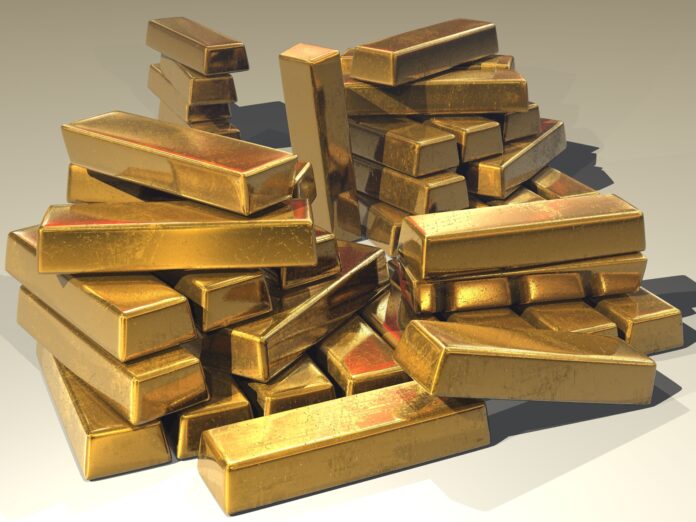Gold is a precious metal. It is Canada’s most valuable mined commodity, with a production value of $13.7 billion according to a reliable government source.
Gold is mined in ten Canadian provinces and territories, with the majority coming from the provinces of Ontario and Quebec accounting together for 70% of mined gold production in the whole of Canada.
Canada is the fourth-largest global producer of gold.
Gold is useful for investment purposes and jewelry production (such as rings, necklaces, watches, etc.).
Investors generally could buy gold in the form of wafers, bars and coins, which are believed to offer a measure of protection from the risks of inflation and market volatility. Thus, we now understand that gold-backed exchange-traded funds (ETF) are another source of investment demand for gold.
Due to the excellent electric conductivity and resistance to corrosion properties of gold, approximately 8% of the demand for it is for use in technology applications, mostly as a component of micro-circuitry in a range of electronic products.
Canadian gold mines are found in Quebec, Ontario, Manitoba, Nunavut, Saskatchewan, Yukon, Newfoundland and Labrador, British Columbia, Alberta and Nova Scotia.
Apart from the gold mines in Canada, locations exist for recycling gold making gold to be continually available
Gold often in the form of old jewelry is melted down for reuse. A major motivation for consumers to sell or hold on to their gold jewelry is the price of gold in their respective currencies.
When gold prices rise, it usually increases the supply that is available for scrap (recycled gold). The recycled gold supply decreased to 1,150 tonnes in 2021, down from 1,292 tonnes in 2020.
Recovering gold from end-of-life electronics is an additional and major contributor to the global scrap supply.









